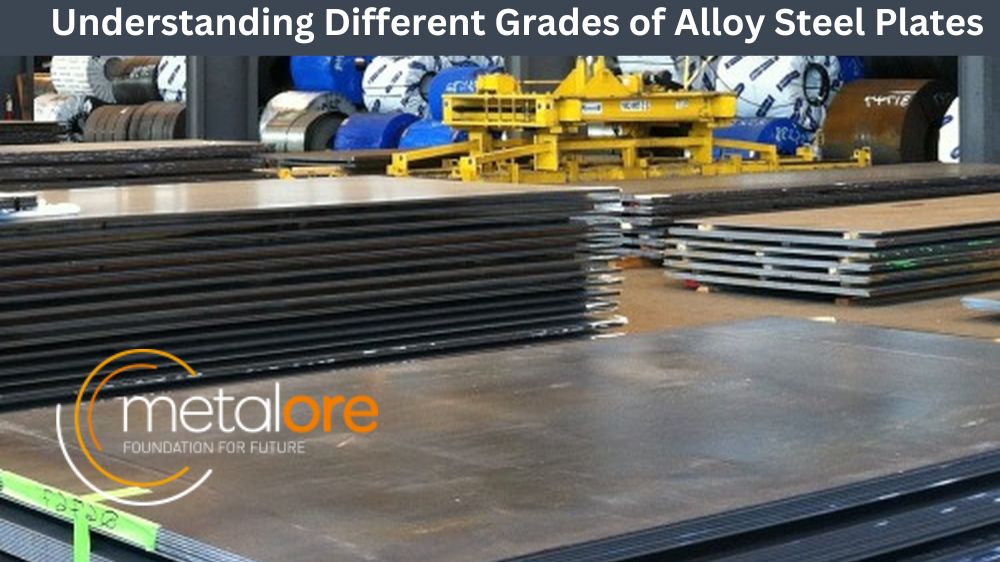Steel is one of the essential materials in the construction, automotive, and industrial sectors. Alloy Steel Plates are popular because of their excellent properties, high strength, flexibility, and durability. The use of different grades of alloy steel plates depends on its intended application. In this blog post, we’ll take you through the different grades of alloy steel plates and their properties to help you understand which best suits your needs.
What are Alloy Steel Plates?
Alloy Steel Plates are metal plates that combine iron and at least one other element, such as carbon, manganese, or silicon. These plates are incredibly strong and durable—typically three to four times the strength of plain carbon steel—making them an ideal choice for applications requiring longevity and superior protection from impacts. Alloy steels have also been designed to resist corrosion better than standard steels, making them especially useful in corrosive environments.
Different Types of Alloy Steel Plate Grades
Low Alloy Steel Plates
Low alloy steel plates contain around 1- 5% of alloying elements, such as silicon, manganese, nickel, and chromium. This grade of alloy steel plates offers good strength, toughness, and weldability. Low alloy steel plates are cost-effective and used in structural applications such as bridges, buildings, and pressure vessels.
Medium Alloy Steel Plates
Medium alloy steel plates contain around 5-10% alloying elements such as chromium, molybdenum, and nickel. This grade of alloy steel plate offers excellent strength, durability, and resistance to corrosion and abrasion. Medium alloy steel plates are used in highly demanding aerospace, oil and gas applications, and power generation.
High Alloy Steel Plates
High alloy steel plates contain 10-60% alloying elements such as chromium, molybdenum, tungsten, and vanadium. This grade of alloy steel plates offers excellent strength, hardness, and superior performance at high temperatures. High-alloy steel plates are used in highly specialized applications such as cutting tools, turbines, and aircraft parts.
Ultra-high Alloy Steel Plates
Ultra-high alloy steel plates contain over 60% of alloying elements such as tungsten, cobalt, and nickel. This grade of alloy steel plates offers exceptional strength, hardness, and wear resistance. Ultra-high alloy steel plates are used in applications that require the highest performance levels, such as rocket nozzles, missiles, and jet engine parts.
Nickel Alloy Steel Plates
Nickel alloy steel plates contain an additional 10-30% nickel, which enhances its strength, toughness, and corrosion resistance. Nickel alloy steel plates produce chemical processing equipment, nuclear reactors, and heat exchangers.
Conclusion
Alloy steel plates offer several advantages over other materials in various applications. Understanding the different grades of alloy steel plates and their properties is crucial in choosing the right one for your intended application. It’s essential to work with a reputable supplier like MetalOre Industries, who will guide you in selecting the appropriate alloy steel plates that meet your

